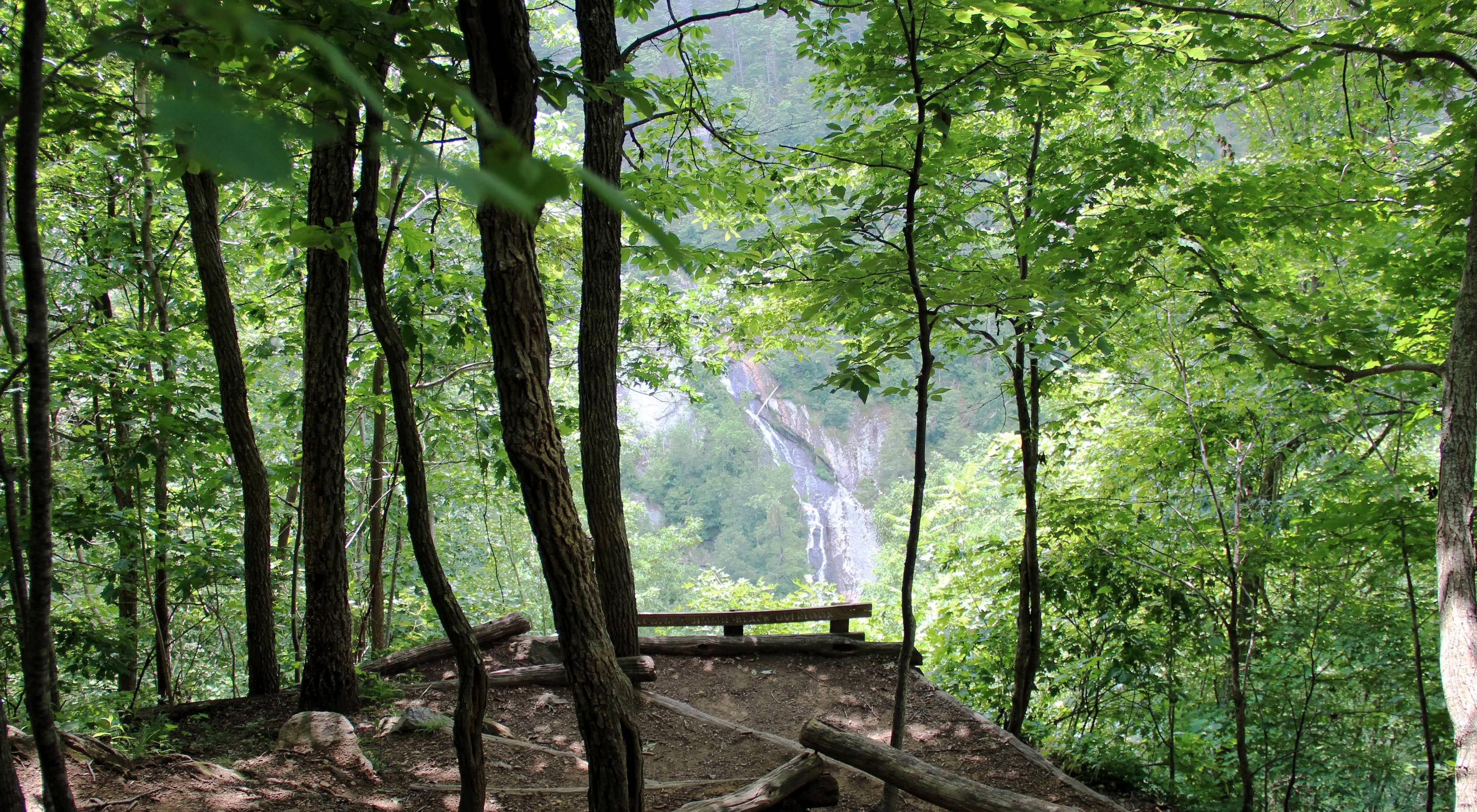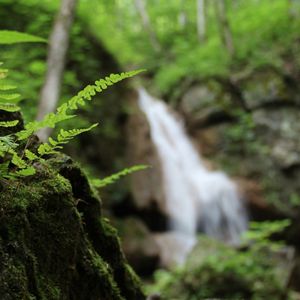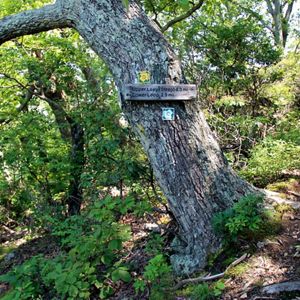Description
One of the headwater streams of the South Fork of the Roanoke River, Bottom Creek is a powerful mountain stream that forms a stair-step series of broad-basin waterfalls known as The Kettles.
It's a hotbed for rare aquatic species, providing critical habitat for four native species of fish: the orangefin madtom, the bigeye jumprock, the riverweed darter and the Roanoke darter. It also contains approximately 10% of all fish species known from Virginia, including native brook trout.
Please note: fishing is not permitted in the preserve.
Check out recent species observed at Bottom Creek Gorge on iNaturalist.







